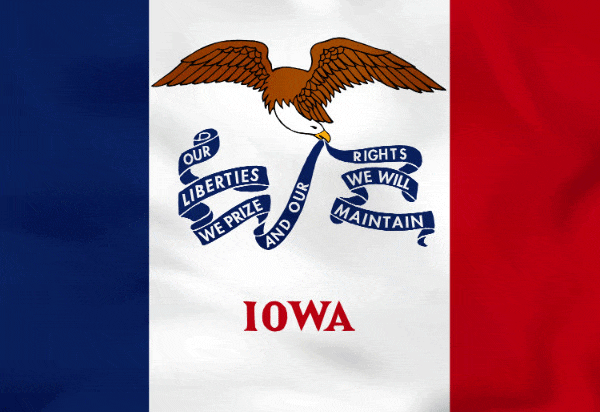 History The first Europeans to visit the area were the French explorers Jacques Marquette and Louis Joliet in 1673. The U.S. obtained control of the area in 1803 as part of the Louisiana Purchase, and during the first half of the 19th century, there was heavy fighting between white settlers and Indians. Lands were taken from the Indians after the Black Hawk War in 1832 and again in 1836 and 1837. When Iowa became a state in 1846, its capital was Iowa City; the more centrally located Des Moines became the new capital in 1857. At that time, the state's present boundaries were also drawn. Although Iowa produces a tenth of the nation's food supply, the value of Iowa's manufactured products is twice that of its agriculture. Major industries are food and associated products, non-electrical machinery, electrical equipment, printing and publishing, and fabricated products. Iowa stands in a class by itself as an agricultural state. Its farms sell over $10 billion worth of crops and livestock annually. Iowa leads the nation in all corn, soybean, and hog marketings, and comes in third in total livestock sales. Iowa's forests produce hardwood lumber, particularly walnut, and its mineral products include cement, limestone, sand, gravel, gypsum, and coal. Tourist attractions include the Herbert Hoover birthplace and library near West Branch; the Amana Colonies; Fort Dodge Historical Museum, Fort, and Stockade; the Iowa State Fair at Des Moines in August; and the Effigy Mounds National Monument, a prehistoric Indian burial site at Marquette. |
Read this profile of Iowa to learn about the state's history, points of interest, and government. Also find interesting facts about each state, including the state's motto, symbols, and when it entered the union.




